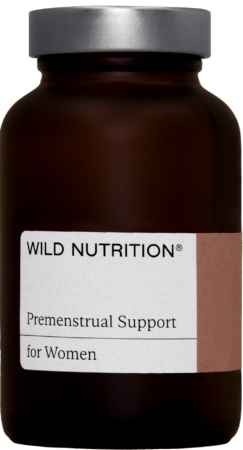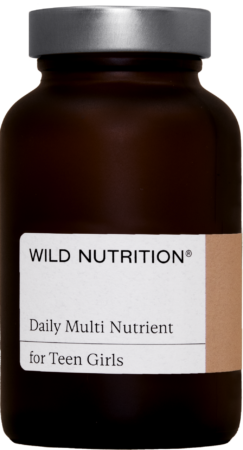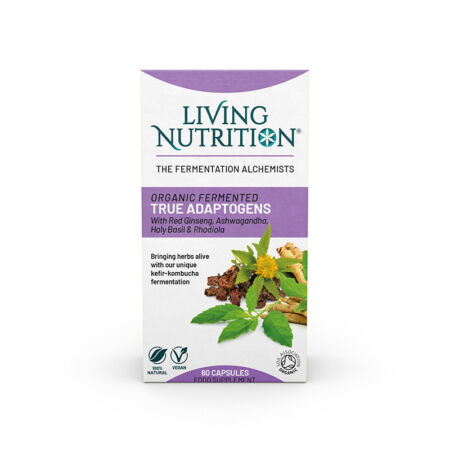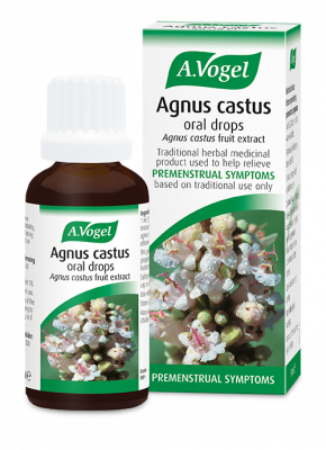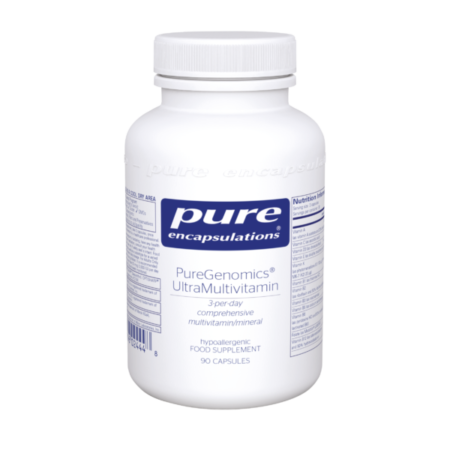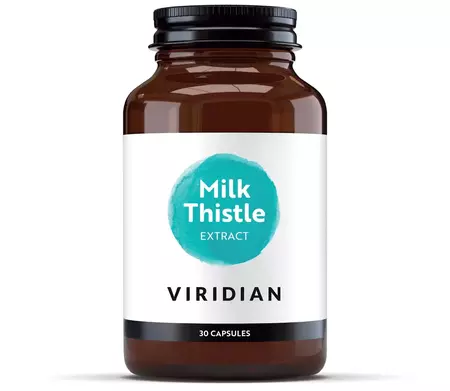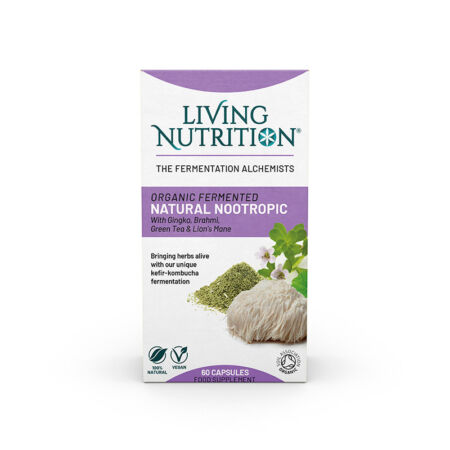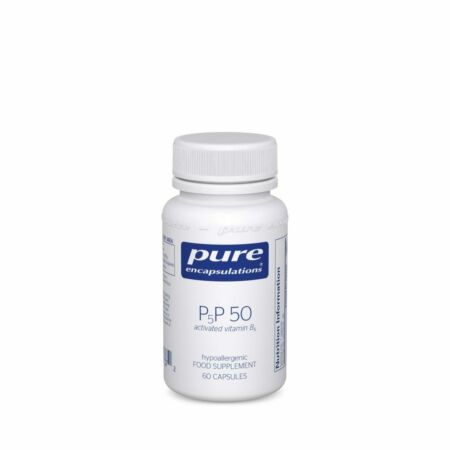Spotting before your period is generally harmless, however, it is worth knowing the variety of reasons why it could occur and if this symptom warrants further investigation for you. We discuss lifestyle, testing and supplement advice options for you.
What is menstrual spotting?
Menstrual spotting also known as spotting between periods:
Menstrual spotting can be described as light vaginal bleeding which occurs outside the time of your period bleeding. If your cycle is erratic, you can usually differentiate spotting from menstrual bleeding by the difference in the amount of blood. Spotting is, in most cases, very light bleeding and will not require any more protection than a thin liner in your underwear, rather than pads or tampons etc. The colour may be lighter than a period, too. Please be assured spotting before your period is nothing to worry about in most cases. However, it is worth knowing the variety of reasons why it could occur and if this symptom warrants further investigation for you.
Why do we get it?
Possible causes of menstrual spotting:
Hormonal contraception:
Probably one of the most common causes of spotting is hormonal birth control: It may be the transition you may experience as a result of coming off hormonal contraception or switching to a new kind. Other examples include if you:
- Don’t take your hormonal contraception correctly, i.e. missing doses or not following the instructions of the medication provider.
- Use the same form of hormonal contraception for a long time.
If these scenarios apply to you, please address this issue with your doctor. Especially if your symptoms don’t improve or get worse.
Pregnancy:
Spotting is common in early pregnancy (the first 3 months)[i]. Additionally, implantation spotting may occur when a fertilized egg attaches to the inner uterine lining. Contact a doctor immediately if you experience heavy bleeding or pelvic pain, as these are signs of miscarriage or an ectopic pregnancy. If spotting is a source of concern for you during pregnancy, you should also bring this up with your doctor. Read more on pregnancy here.
Ovulation:
A small percentage of women experience spotting as part of ovulation[ii]. Ovulation is when your ovary releases an egg, it happens usually around 14 days before your menstrual period. Ovulation spotting may be light pink or red and last for 1 to 2 days.
Other common causes include stress, certain medications (such as thyroid medications and blood thinners), thyroid issues and other medical conditions related to the reproductive system such as pelvic inflammatory disease (PID), endometriosis, uterine fibroids and polycystic ovary syndrome (PCOS).
Trauma:
Spotting may be caused by trauma to the tissues of the vagina or cervix such as certain medical procedures including pelvic exams, intrauterine devices, or even using a tampon or other products such as menstrual cups and cervical caps.
Perimenopause:
During perimenopause, periods become more irregular, and due to hormone fluctuations, you may experience spotting at this time. Read about perimenopause and menopause here.
Cancer:
Certain cancers may cause spotting or abnormal bleeding. These cancers include endometrial cancer, cervical cancer, ovarian cancer and vaginal cancer. It is rare that spotting is a sign of cancer but if you are concerned or are experiencing any other symptoms please consult your GP. It is important you see your doctor if you experience spotting after menopause (when your periods have stopped).
Supplement suggestions for menstrual spotting
Our supplement picks support a healthy reproductive system. There are many possible causes of menstrual spotting, for more in-depth coverage see our other articles linked to spotting (above), or contact us today for more tailored supplement advice.
- Premenstrual Complex (60 caps) - containing Milk Thistle, Ashwagandha , Zinc , Vitamin B6 , Dong Quai, this unique complex has been created to support the female cycle and healthy hormone production.
- Wholistic Shatavari [iii] - research suggests that Shatavari may improve menstrual irregularities. It is most famous for its power in helping to relieve perimenopausal and menopausal symptoms, it binds to oestrogen receptors in our bodies and therefore has been seen to have hormone-regulating effects[iv].
- Nac+ (60 caps) - NAC (N-Acetyl Cysteine) can help regulate your menstrual cycle by reducing testosterone levels, promoting ovulation, and improving liver detoxification. It has also been seen to significantly benefit people with PCOS[v].
- Teengirl Food Grown Daily Multi Nutrient (60 caps) - provides the essential nutrients to support the maintenance of normal psychological and cognitive function, hormonal activity and the reduction of tiredness and fatigue. Hormonal activity and menstrual bleeding may be erratic in the first few years after the onset of menses.
- Organic Fermented True Adaptogens – Mix of adaptogenic herbs from Living Nutrition to work holistically with the body, mind, and spirit during demanding times of stress[vi].
Dietary and lifestyle advice for menstrual spotting
As covered above, menstrual spotting can occur due to many different causes and issues. If you would like advice tailored to your unique requirements, please contact us today for advice, or consider booking a nutritional therapy consultation with one of our expert therapists to get to the bottom of the root causes behind the issue you are facing.
To support healthy iron levels eat foods that are high in iron and vitamin C. Foods high in iron include red meat, shellfish, eggs, beans, and leafy green vegetables. Foods high in vitamin C include citrus fruits, tomatoes and broccoli.
Oestrogen levels drop during certain times of the menstrual cycle which causes many of the uncomfortable symptoms associated with PMS (premenstrual syndrome) and perimenopause/ menopause. Some women use phytoestrogens as a natural or herbal remedy for relieving menstrual issues or irregularities. Sources of phytoestrogens; high sources include soy, lentils, chickpeas, and beans. Seeds: Linseeds, flaxseeds, sesame seeds, sunflower seeds, almonds, walnuts. In Japan, fermented forms of soya are the main form eaten ― tempeh, miso, natto and tamari are all examples of fermented soy foods. These are said to be the most beneficial forms as fermentation reduces anti-nutrients such as phytates which can inhibit nutrient absorption.
Over-exercising, being underweight or periods of intense weight loss may result in irregular periods, which may also cause spotting. For more info on irregular periods read our article here. If you think you may be over exercising, consider swapping an intense exercise form for relaxing yoga or a gentle walk in nature once a week. Also see our article on stress for more stress management tips.
Testing options for menstrual spotting
DUTCH test: this dried urine test looks at your hormone levels and their metabolites. It also includes cortisol and DHEA which helps to evaluate stress levels felt throughout the day and which may be contributing to your symptoms. This test will identify how you metabolise oestrogen, and may therefore point towards the cause of spotting between periods in some individuals. For more information on the test click here.
Thyroid function: it is worth checking thyroid function, as this commonly changes around menopause. Thyroid function is also inextricably linked to reproductive health and hormone production and function. Usually testing for markers such as: TSH (thyroid stimulating hormone), FT3 & FT, thyroid function tests can be sought privately or through your GP. Talk to us for further advice.
Metabolomix Plus Advance: this finger prick test provides a fully detailed analysis of individual vitamins, minerals, phytonutrients and amino acids status, markers for gastrointestinal function, oxidative stress, essential fats status and the nutrient and toxic elements clearance. It helps to identify your nutritional needs, which if supported appropriately, could help with supporting a healthy reproductive system by making sure your body has everything it needs for optimal health.



